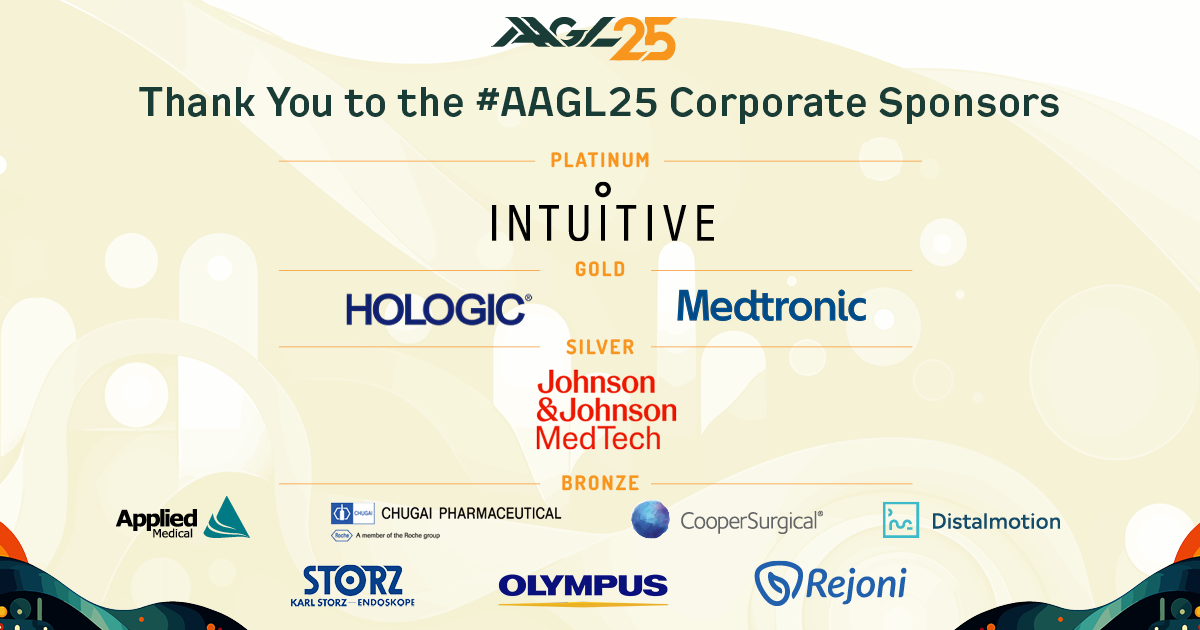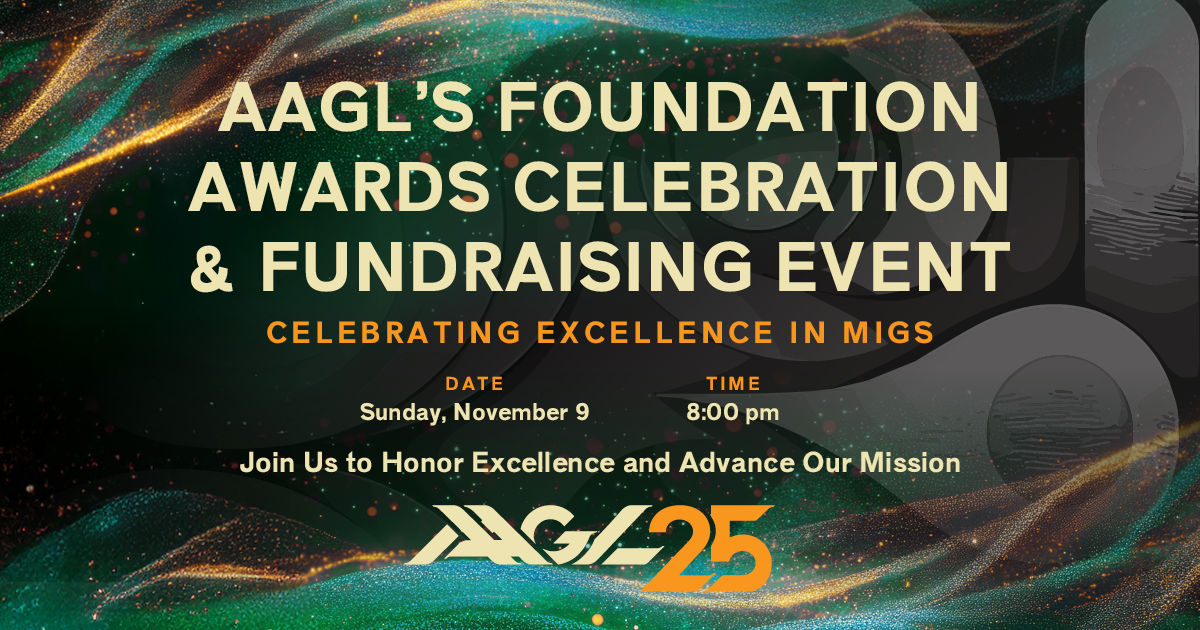Raising Awareness: Adolescent Endometriosis and Treatment
[vc_row][vc_column][vc_single_image image=”1976″ img_size=”full”][vc_column_text]Why is it that most gynecologists are unaware of the following:
- “70% of adolescents with dysmenorrhea” have laparoscopically proven endometriosis[i]
- “ 9% of female fetuses” were found to have endometriosis at time of fetal autopsy[ii]
- “Advanced stage endometriosis and deeply invasive endometriosis are relatively common in adolescents. Strong consideration should be made for surgical diagnosis of endometriosis in adolescents with pelvic pain, including non-cyclic pain, concurrent family history of endometriosis and personal history of atopic disease.”[iii]
- “The appearance of endometriosis may be different in an adolescent than an adult woman. In adolescents, Endometriotic lesions are typically clear or red and can be difficult to identify for gynecologists unfamiliar with endometriosis in adolescents. Endometriosis in adolescents is considered a chronic disease with potential for progression if left untreated.”[iv]
My overarching goal as chair of AAGL’s Endometriosis Special Interest Group (Endo SIG) is to strive for early diagnosis in teens, and thus, shorten the delay in diagnosis. This important goal, along with evaluating and treating all co-existing conditions that women with endometriosis present with, was the catalyst for the pre-congress course entitled Endometriosis-The Whole Picture, last month in Vancouver.
We need to rethink how we, GYN surgeons, approach endometriosis and recognize that endometriosis is a lesion that needs to be excised, but also a lesion that sets off Neuroangiogenesis, inflammation, pain mediators, tissue damage, nerve damage as well as upregulation of the central nervous system and endocrine system.[/vc_column_text][/vc_column][/vc_row][vc_row][vc_column][vc_column_text]The prevalence of myofascial pain in patients with a history of endometriosis is 91%.[vi] The prevalence of centralized pain syndrome in patients with endometriosis is 87%.vi There is a high correlation between endometriosis patients having interstitial cystitis.vii The prevalence of pelvic floor dysfunction and interstitial cystitis is 87%.viii Patients with anxiety and depression are more likely to have central sensitization.vi As such, it is important to ask about and treat anxiety and depression in endometriosis patients.
In order to advance and raise awareness of endometriosis, it’s important to partner with patient organizations. One of the highlights of the Endo SIG meeting in Vancouver, was the inspirational presentation by Shannon Cohn, who presented her work in raising endometriosis awareness; in particular, showing trailers of her movie, “Endo What?” As a result of her inspirational presentation, the SIG talked about partnering with Shannon in her pursuit to make “Endo What?” an integral part of the dialogue. Below is a recap of her presentation.
Patient advocates have an important role to play in changing the status quo in endometriosis. Not only do organizations like “Endo What?” and Nancy’s Nook direct the online narrative for over a hundred thousand patients and practitioners, but also, Shannon Cohn and “Endo What?” are leading substantive efforts in education and research funding offline as well. “Endo What?” is an educational documentary film that has screened on six continents and been translated to 15 languages and is a ground-breaking teaching tool for patients and practitioners alike. The School Nurse Initiative has already educated almost 3,000 school nurses in the United States with a goal of educating 10,000 over the next two years. Endo What’s partnership with Senator Elizabeth Warren, Senator Orrin Hatch and Senator Mitt Romney led directly to approximately $8 million in research funding from the Department of Defense, a first in history for the disease. Shannon Cohn’s upcoming film, “Below the Belt”, will frame endometriosis as a social justice issue and will spark mainstream conversations about the issue.
Endo What was more intended for patients. As such, Shannon is willing to add or remove parts of the film to help educate physicians and medical students and other health care professionals, hopefully for CME credit. The Endo SIG will be working on suggesting edits to Shannon.
I want to acknowledge the hard work of the current Endo SIG Vice Chair, Dr. Chuck Milller. We both share a passion of advancing care for endometriosis patients. I will continue to work alongside Dr. Miller, as he takes the reigns and continues our plan for an AAGL Practice Bulletin on Endometriosis. ACOGs practice bulletin on Endometriosis is outdated, was published in 2010 and reaffirmed in 2016, and is serving to contribute to the 10+ year delay in diagnosis. Secondly, we want to look for funding through AAGL for Endometriosis research, and work with the AAGL Fellows network to develop a research project.
Lastly, we look forward to the continued hard work and commitment of Dr. Ted Lee in the coding department. More to come on these ideas and more in Dr. Miller’s follow up article in the next issue of NewsScope.
[i] Janssen E.B. et al. Prevalence of Endometriosis Diagnosed by Laparoscopy in adolescents with Dysmenorrhea or Chronic Pelvic Pain: a systematic review. Human Reproduction Update, Vol 19, No. 5 pp. 570-582, 2013.
[ii]Signorile P. et al. Embryologic Origin of Endometriosis: Analysis of 101 Human Female Fetuses. J Cell Physiol. 227: 1653-1656, 2012.
[iii] Dowlut-McElroy T, Strickland J. Endometriosis in Adolescents. Curr Opin Obstet Gynecol 2017; 29:306-9.
[iv] Dysmenorrhea and Endometriosis in the Adolescent. Obstetrics & Gynecology. ACOG Committee Opinion. Volume 132, Number 6, December 2018, pp 249-58.
[/vc_column_text][/vc_column][/vc_row][vc_row][vc_column][vc_column_text][v] Morotti M, Vincent K, et al. Peripheral Changes in Endometriosis-Associated Pain. Human Reprod Update. 2014; 20(5): 717-736.[/vc_column_text][/vc_column][/vc_row][vc_row][vc_column][vc_column_text][vi] Stratton P et al. Obstet Gynecol Association of Chronic Pelvic Pain and Endometriosis with Signs of Sensitization and Myofascial Pain. 2015 March 125(3), 719-728.
vii Chung M et al. Interstitial cystitis and Endometriosis in Patients with Chronic Pelvic Pain: The “Evil Twins” syndrome. JSLS. 2005 Jan-Mar;9(1):25-9.
viii Peters KM, Carrico DJ, Kalinowski SE, et al. Prevalence of Pelvic Floor Dysfunction in Patients with Interstitial Cystitis. Urology 2007; 70:16-8.







